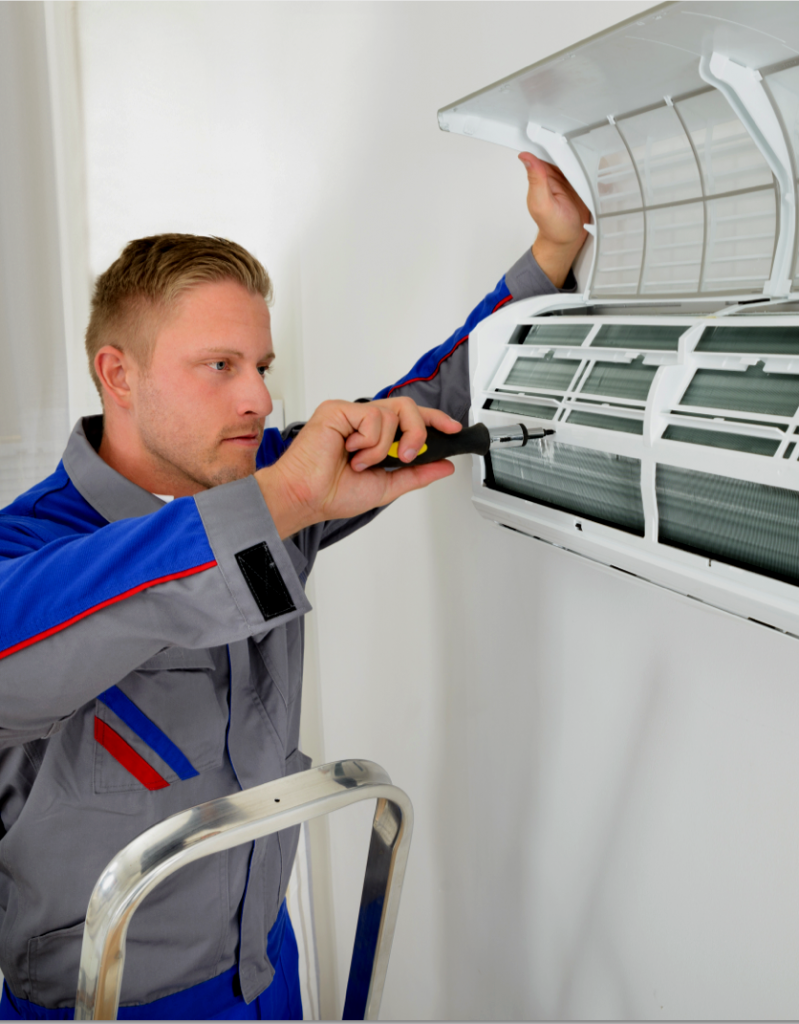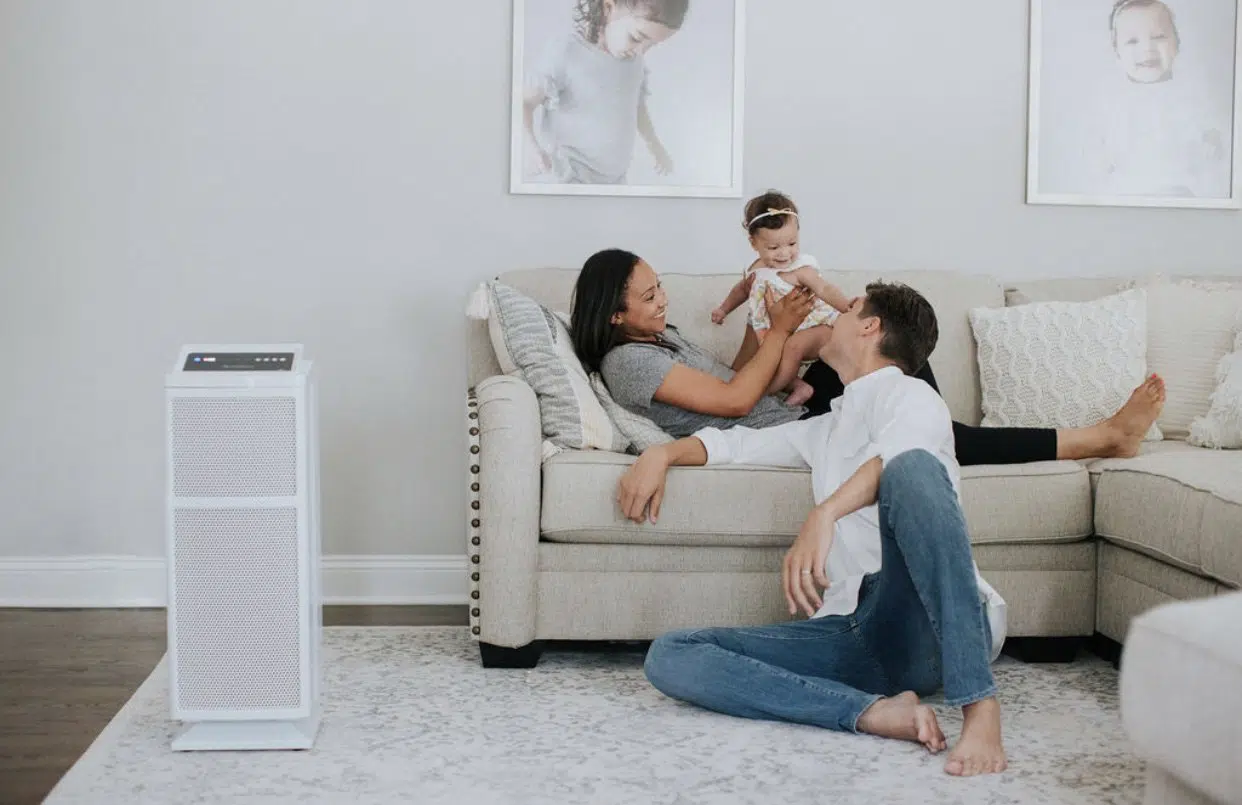Common HVAC Problems And How To Fix Them
Heating, ventilation, and air conditioning (HVAC) systems are critical components to the comfort of many households. Without proper maintenance and repair when necessary, HVAC systems can be subject to common problems that have an adverse effect on their performance.
The quality of indoor air is important as it affects occupants’ health and well-being. Poorly functioning HVAC systems will not only cause discomfort but may also result in poor air quality due to inadequate filtration or circulation. It is therefore essential to identify potential issues quickly so they can be addressed before becoming serious problems.
Understanding what causes common HVAC malfunctions and how to remedy them is key for any homeowner looking to maintain the efficient operation of their heating and cooling system.
Clogged Filters
Clogged filters are one of the most common HVAC problems.
It is important to regularly check and replace air filters when they become dirty or clogged, as this will ensure that the system operates effectively.
Dirty coils can also be a problem for an HVAC system, reducing its efficiency and potentially leading to further issues.
The best way to prevent blocked vents is by routinely cleaning them with a vacuum cleaner or compressed air.
Regular maintenance of these components can help minimize potential damage from clogs caused by dust particles and other debris.
With proper care and attention, it is possible to extend the life span of your HVAC system while ensuring maximum efficiency at all times.

Malfunctioning Thermostat
The thermostat plays a crucial role in regulating the temperature of an HVAC system. When it malfunctions, it can lead to uncomfortable temperature fluctuations and power outages.
An improperly functioning thermostat is often caused by a dead battery or faulty wiring. In order to diagnose this problem, one must first check for any loose connections between the wires leading into the unit as well as inspect the batteries for corrosion. If either of these are found to be amiss, then they should be replaced immediately.
If these steps do not seem to provide any remedy, then further troubleshooting may be required. This includes checking if there is anything blocking the air vents that could potentially cause overheating or obstruct airflow.
Additionally, replacing filters routinely helps maintain optimal performance which will help prevent future breakdowns of the thermostat. Taking preventive measures such as these will ensure that your HVAC system continues to regulate temperatures efficiently without any unwanted temperature fluctuations or power outages occurring again in the near future.
Refrigerant Leaks
Refrigerant leaks are a common HVAC problem that can cause major problems in the system. Leaks occur when valves become worn or broken, allowing refrigerant to escape and leave stale air in its wake.
Refrigerants are key components of an effective HVAC system as they help regulate temperature by absorbing heat from within the unit and transferring it outside. If a leak occurs, temperatures inside the home can quickly fluctuate and lead to discomfort.
Furthermore, some refrigerants have been linked to adverse health effects if inhaled for long periods of time. It is important to address any potential refrigerant leaks immediately before serious damage occurs.
Homeowners should regularly inspect their equipment for signs of wear-and-tear, such as loose or leaky valves, discoloration around fittings, or frost buildup on evaporator coils. If a possible leak is present, professionals should be called in to repair it with specialized tools and techniques.
With proper maintenance and timely response to leaks, homeowners can ensure their HVAC systems remain efficient and safe for years to come.
Condensate Drain Clogs
Refrigerant leaks can cause serious damage to an HVAC system, so they must be addressed quickly. After resolving any potential refrigerant issues, the next common problem home and business owners may encounter is a clogged condensate drain.
Condensate drains are responsible for carrying moisture away from the AC unit in order to keep it running efficiently and prevent water damage. A blocked drain should be cleared as soon as possible before further problems arise.
If left unattended, condensation pools around the air handler or evaporator coil which can lead to airflow issues, microbial growth, and even more costly repairs down the line. Fortunately, clearing out a clog is usually quite simple; first check if there’s a blockage between the pan itself and the primary drain pipe outside of your house or building.
If this doesn’t fix the issue then you may need to consider installing a condensate pump rather than using gravity drainage alone. A professional technician will typically advise on whether installation would be beneficial given your specific circumstances and needs.
Fan Motor Problems
HVAC systems, which are responsible for heating and cooling air in residential or commercial spaces, rely on fan motors to circulate the air. Unfortunately, these motors can be affected by a number of issues that result in reduced airflow or noisy operation.
Noise from fan motors is often caused by worn bearings or aged insulation material rubbing against the windings inside the motor housing. This type of noise is usually accompanied by vibrations and as such should not be ignored if it occurs as it could indicate more serious underlying issues with the motor itself. The best way to address these types of issues is to have an HVAC specialist inspect and repair the unit in order to prevent further damage or expensive replacements down the line.
Airflow problems can occur when there is blockage in ducts, filters, pipes, etc., any part of the system designed to move air around needs regular maintenance and cleaning otherwise dust buildup can restrict airflow significantly. Additionally, depending on model size and age parts may need replacing due to wear over time so annual inspections are recommended even if no immediate issue has been detected yet.
By making sure all components are working properly one can ensure optimal performance throughout its lifespan without costly repairs later on.
Frozen Evaporator Coils
Having discussed fan motor problems, we now turn our attention to frozen evaporator coils.
This issue is caused primarily by blocked airflow or faulty insulation.
Airflow blockage can occur due to a dirty filter, closed supply registers and vents, or even obstructions in the ducts themselves.
Faulty insulation will cause warm air from outside the house to reach the cold surface of the evaporator coil and create condensation that freezes on contact with the metal surface.
In order to resolve this problem, it’s important to identify what exactly is causing the restricted airflow or insufficient insulation.
If it’s an obstruction within the HVAC unit itself then a professional technician should be called for assistance; however, if there are issues related to ventilation such as clogged filters or closed supply registers then these can usually be resolved without needing additional help.
Additionally, ensuring adequate levels of insulation around your home will also ensure that external temperatures don’t affect your evaporator coils during cold weather conditions.
The combination of these measures should help prevent further occurrences of frozen evaporator coils in future.
Leaking Ducts
Leaking ducts are a common problem in HVAC systems. The most frequent cause of leaking ducts is unsealed seams and improper insulation, which can lead to air leakage. Poorly sealed seams allow heated or cooled air to escape, resulting in energy loss and possible exacerbation of any existing condensation problems.
Improper insulation can also contribute to the development of condensation on the exterior surfaces of cold-air supply conduits; this condensation can damage insulation materials as well as building framing components over time. To repair such issues, technicians must inspect for signs of missing sealant around connections, joints and penetrations in ductwork. They should then apply new sealant at these areas using either mastic compound or metal tape with an approved UL 181B-FX listing suitable for use on flexible air ducts.








